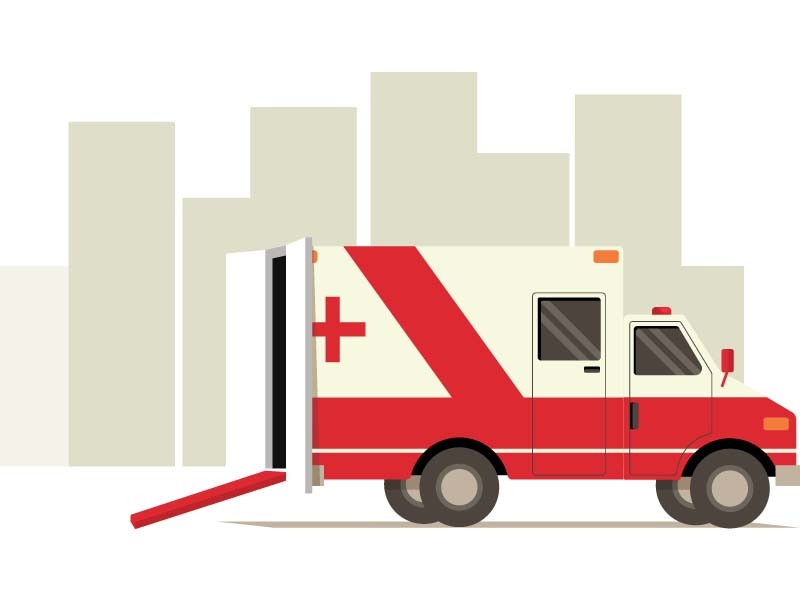In the realm of emergency medical services, the ambulance stands as an iconic symbol of rapid response and lifesaving care. Ambulance services play a pivotal role in the continuum of healthcare, bridging the gap between the scene of an emergency and definitive medical treatment. This article explores the significance of ambulance services, their evolution over time, and the critical role they play in ensuring the health and well-being of individuals in times of crisis.
In the intricate web of healthcare, the efficient and secure transfer of patients between medical facilities is a critical component. Patient transfer services, also known as medical transport services, play a vital role in ensuring that individuals receive the appropriate level of care at the right facility.
Historical Perspective:
The concept of ambulances traces its roots back to ancient civilizations, where soldiers wounded in battle were transported from the field to medical facilities. However, it was only in the 19th century that the formalization of ambulance services began, with the establishment of dedicated vehicles and trained personnel to respond to medical emergencies. Over the years, ambulance services have evolved from basic transportation units to sophisticated mobile medical units equipped with advanced life support systems.
Medical patient transfer services play a pivotal role in this process, facilitating the movement of patients with diverse medical needs to specialized facilities.
Key Components of Ambulance Services:
Emergency Medical Technicians (EMTs): At the heart of every ambulance service are the dedicated and skilled professionals known as EMTs. These individuals undergo rigorous training to provide pre-hospital care, ranging from basic first aid to advanced life support interventions. Their ability to make quick, informed decisions is crucial in critical situations.
Ambulance Vehicles: Ambulances come in various types, including basic life support (BLS) and advanced life support (ALS) units. BLS ambulances typically transport patients with non-life-threatening conditions, while ALS units are equipped to handle more severe cases, with features like cardiac monitors, ventilators, and medication.
Communication Systems: Effective communication is vital in emergency situations. Ambulance services are equipped with advanced communication systems that enable seamless coordination with hospitals, emergency dispatch centers, and other healthcare providers. This ensures timely information exchange and proper planning for patient care.
Medical Equipment: Ambulances are equipped with a range of medical equipment to stabilize patients during transport. This may include defibrillators, oxygen delivery systems, trauma supplies, and other essential tools needed to address diverse medical emergencies.
Importance of Timely Response:
The time it takes for an ambulance to reach the scene of an emergency is a critical factor in determining patient outcomes. Referred to as the "golden hour," the first 60 minutes after a traumatic injury or the onset of a medical condition are often crucial for successful intervention. Ambulance services are designed to provide rapid response times, ensuring that patients receive timely care and are transported to appropriate medical facilities for further treatment.

Challenges and Innovations:
Despite the indispensable role they play, ambulance services face challenges such as traffic congestion, resource limitations, and the need for continuous training of personnel. However, ongoing technological advancements and innovations, such as the use of telemedicine, GPS tracking, and drone-assisted emergency response, are helping overcome some of these challenges, enhancing the efficiency and effectiveness of ambulance services.
Conclusion:
Ambulance services are the unsung heroes of the healthcare system, providing vital support in times of crisis. From the early days of makeshift transport to today's technologically advanced ambulances staffed by highly trained professionals, these services have come a long way. As we continue to advance in medical science and technology, the role of ambulance services remains pivotal in ensuring that individuals facing emergencies receive the care they need, when they need it the most.







